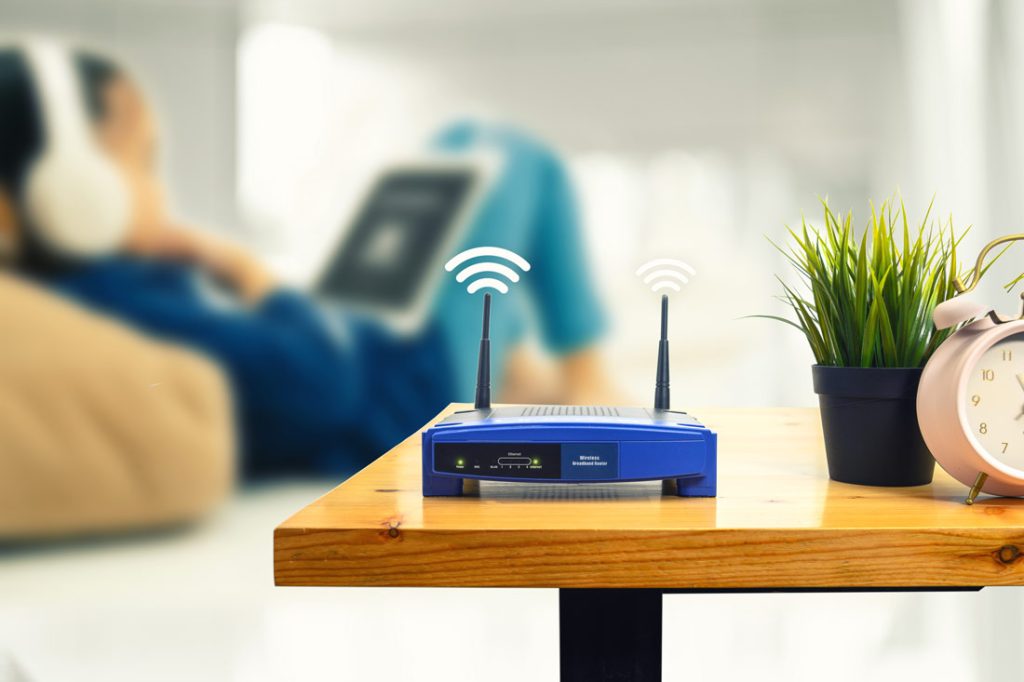Place Your Router in the Right Place

When it comes to problems with the home network, it is wise not to overthink it. The entire network is based on signals being sent to and from your router. In that case, it is of course absolutely essential that you provide the router with good working conditions, and make it as easy as possible for the signals to reach their destination. Ideally, you should place the router in a high and unobtrusive place, preferably on the tv bench (not behind the tv) or on a shelf, so that there are as few physical obstacles as possible to the signals.
You should also make sure that it is placed as centrally as possible in your home, so that it can more easily reach all the way into the bedroom, even if you have the router in the living room. If you have several floors, it would be wise to place the router in the stairs, so that the signals reach up and down. With more floors, however, there will be even more challenges.
Feel free to think of your network signals as a beam of light or sound from a speaker when assessing whether the location is good enough. Watch the frequencies modern routers will usually create several networks, one at 2.4 ghz and one or two at 5 ghz. The difference between these two networks is that 2.4 ghz has a longer range, but limited capacity when it comes to how many simultaneous devices can be online. 5ghz has a slightly shorter range, but higher performance and handles several devices at the same time.
You should basically choose 5ghz when you can, but just be aware that not all devices support 5ghz as of today. This often applies to smart devices such as robot vacuum cleaners and smart bulbs, but also generally to older devices. As a rule, you get both the 2.4 and 5 ghz networks as standard network names from the provider, with the same password, so it should be easy to switch between the two bands/networks. Exact naming standards vary, but usually just add a 2g or 5g after the network name so you can tell them apart.
Reduce noise and use cable
A common cause of network problems is that there are too many devices connected at the same time. Each and every device connected to your network takes up a portion of your capacity. Therefore, it may be a good idea to disconnect the old devices that do not need to be connected, to free up capacity for the devices you actually use. In addition, you should make sure to reduce unnecessary noise for your network. Appliances such as the microwave, baby monitor, older wireless equipment and a host of others can all interfere with the signals from your router.
A final piece of advice to reduce noise and free up capacity on your wireless network is to use physical connection on as many devices as possible. The devices that are connected by cable will have higher performance, and the wireless network will have an even higher capacity for the devices that need to be connected wirelessly.



